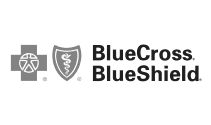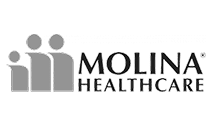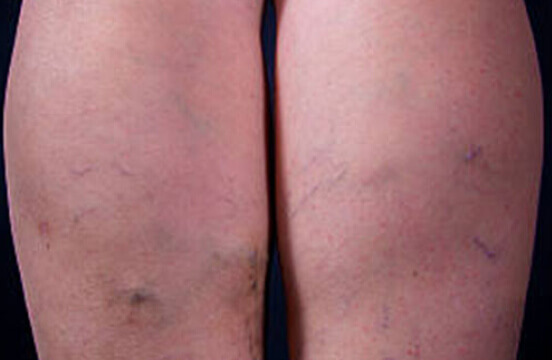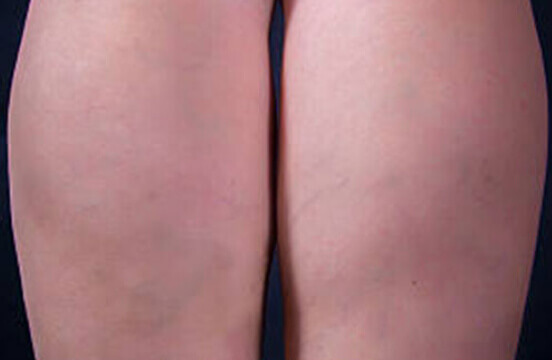What Are Spider Veins?
Spider veins are small, dilated blood vessels visible on the skin’s surface. They typically appear on the legs, but can also appear on the face, chest, and arms. Spider veins appear blue, purple, or red and have a web-like or branching appearance. For most patients, spider veins are harmless. However, there are treatment options available for those who need them.
At Suburban Vein Venter, our Michigan vein doctor provides custom treatment to ensure you get the care you need.
How Common Are Spider Veins?
Spider veins are very common, affecting more than 50% of women and 45% of men. They become more common as we age, with up to 80% of women over the age of 80 experiencing spider veins.
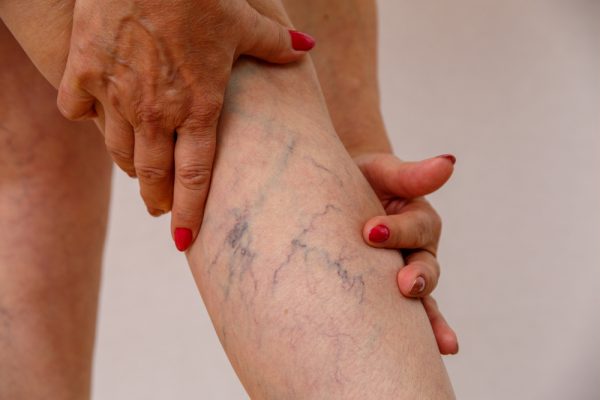
Spider Veins vs Varicose Veins
The main difference between spider veins and varicose veins is their appearance. Spider veins are small, dilated blood vessels that are visible on the skin’s surface, whereas varicose veins are larger, twisted veins that are often raised above the skin’s surface. Additionally, varicose veins often cause pain, while spider veins typically don’t cause painful symptoms.
However, many individuals who have spider veins also have varicose veins. This is because both vein conditions share many of the same causes and risk factors.
Spider Vein Symptoms
While spider veins are typically harmless, in certain cases individuals may experience any of the following:
- Small, dilated blood vessels visible on the skin’s surface
- Appears on the legs, but can also appear on the face, chest, and arms
- Blue, purple, or red veins with a web-like or branching appearance
- May cause discomfort or aching in the affected area
- May bleed or become inflamed in rare instances
The Causes of Spider Veins
The weakening of the valves in the veins causes spider veins. These valves are responsible for preventing blood from flowing backward in the veins. When the valves weaken, blood can pool in the veins, causing them to dilate and become visible on the skin.
Certain conditions may lead to the weakening of valves in the veins:
- Hormonal changes
- Genetics
- Connective tissue disease
- Injury or trauma
Spider Vein Risk Factors
Several factors can increase your risk of developing spider veins, including:
- Genetics: Spider veins tend to run in families.
- Age: As we age, our veins weaken and become less elastic.
- Gender: Women are more likely to develop spider veins than men.
- Pregnancy: Hormonal changes and increased pressure on the veins during pregnancy can contribute to spider veins.
- Obesity: Extra weight can put pressure on the veins, leading to weakened valves.
- Standing or sitting for long periods: This can contribute to poor circulation and weakened veins.
Treating Spider Veins
There are several methods for treating spider veins, including:
- Sclerotherapy: A minimally invasive treatment that involves the injection of a chemical solution into the affected vein. Over time, it will cause the veins to collapse and fade. It typically takes three to six weeks to see results.
- Laser Therapy: A laser targets and destroys the affected vein. It’s a noninvasive treatment that’s typically used for those with spider veins on the face.
- Venous Ablation: Radiofrequency energy heats the enlarged veins, causing them to collapse and close.
At Suburban Vein Center, Dr. Zmily is an experienced vein specialist who will provide you with the best treatment option for your needs. To schedule a consultation, call our Michigan offices today at (248) 480-0368.
Frequently Asked Questions
There’s no guaranteed way to prevent spider veins, but there are some steps you can take to reduce your risk, including:
- Exercise regularly
- Maintain a healthy weight
- Elevate your legs when sitting or lying down
- Avoid sitting or standing for long periods
If you experience pain, swelling, or bleeding in the affected area, you should seek medical attention. Otherwise, spider veins are usually a cosmetic concern and don’t require medical treatment. However, if you’re bothered by their appearance, there are several treatment options available, such as sclerotherapy, laser therapy, and venous ablation, that can help reduce their appearance.
No. In most cases, spider veins are harmless and there’s no need to worry. However, if you experience pain, swelling, or bleeding in the affected area, you should seek medical attention as soon as possible.
Seek Vein Care at Suburban Vein Center
Suburban Vein Center provides high-quality vein treatments. Dr. Zmily will work with you to ensure you get the care you need. With locations in Troy, Rochester, Taylor, and Detroit, MI, we’ve helped countless patients with custom vein treatment. Call us today at (248) 480-0368 to schedule your consultation. You can also fill out our online contact form, and we’ll get back to you shortly.





